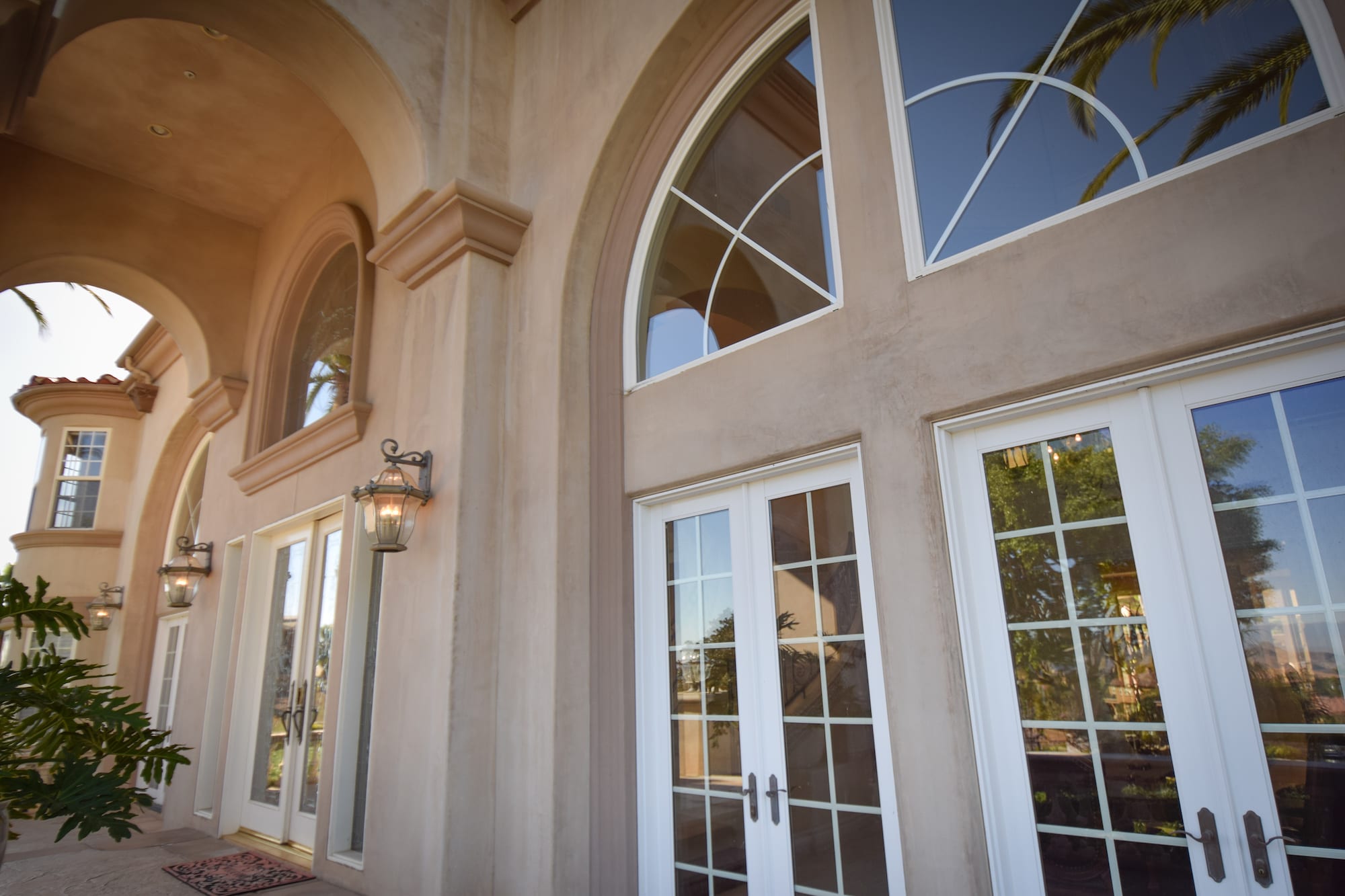Discover the Long-Term Benefits of Residential Window Tint for Your Home
Discover the Long-Term Benefits of Residential Window Tint for Your Home
Blog Article
Exactly How Residential Window Tinting Enhances Your Home's Power Effectiveness
Residential home window tinting offers an engaging option for home owners seeking to improve power efficiency within their living areas. By using specialized movies to windows, it effectively reduces warm transfer, therefore stabilizing indoor temperature levels and reducing the demand for too much home heating or air conditioning.
Comprehending Home Window Tinting
Recognizing home window tinting is necessary for house owners seeking to improve both convenience and power performance in their space. Residential Window Tint. Home window tinting involves the application of a slim movie to the inside or exterior surface of glass home windows. This film can significantly regulate the amount of sunlight and warmth that gets in a home, thus influencing interior environment conditions
There are different kinds of window tinting films offered, each with distinct residential properties. The efficiency of window tinting is commonly measured by its Visible Light Transmission (VLT) percent, which suggests exactly how much light can pass via the movie.
Advantages of Power Effectiveness
Home window tinting not only improves aesthetics however additionally plays a significant function in boosting power performance within residential areas. By minimizing heat transfer via home windows, tinted films create an extra secure interior environment, which can lead to significant reductions in power intake for heating & cooling. This power performance converts into lower utility costs, giving house owners with substantial long-term savings.

Furthermore, home window tinting improves the convenience of living spaces. By reducing glow and blocking dangerous UV rays, colored windows produce a more enjoyable setting, which can cause improved wellness for owners. The defense versus UV rays also assists protect furnishings and flooring from fading, contributing to the durability of house items.
Exactly How Tinting Functions
Tinting films operate with a mix of innovative materials and modern technologies made to control the quantity of solar energy getting in a home. Mainly composed of polyester, these films typically integrate ceramic or metal particles that mirror and absorb heat. This dual capability allows them to dramatically lower the penetration of ultraviolet (UV) rays and infrared radiation while permitting noticeable light to travel through.
The performance of home window tinting is measured by its solar warm gain coefficient (SHGC), which indicates how much solar energy is transferred via the home window. Lower SHGC worths are better as they signify Check Out Your URL better warmth rejection. Additionally, home window colors can include a variety of shades, allowing property owners to customize their aesthetic preferences while enhancing power performance.
Furthermore, these films act as a barrier, stopping warm loss during colder months by reflecting indoor heat back into the space. This thermal insulation effect enhances the cooling benefits obtained during warmer months, adding to a well balanced interior climate year-round. By taking care of solar power efficiently, domestic window tinting not just improves comfort yet additionally plays an essential duty in reducing power usage and lowering energy costs.
Selecting the Right Tint

There are different sorts of window movies readily available, consisting of colored, metalized, and ceramic. Dyed films are cost-effective yet may have limited toughness. Metalized films use much better heat rejection however can look what i found hinder digital signals. Ceramic movies give exceptional warm control without endangering exposure and are extremely durable, making them a preferred choice.
Visible light transmission (VLT) is one more essential variable, as it shows the amount of natural light that can travel through the tinted glass. Home owners must select a tint with a VLT that matches their lights choices while still giving ample glare reduction.
In addition, analyzing the solar warm gain coefficient (SHGC) can aid establish exactly how well a tint can obstruct warm from sunlight. A lower SHGC suggests far better heat control, inevitably improving energy performance.
Setup and Upkeep Tips
Correct installment and upkeep are vital components in making best use of the advantages of residential window tinting. Specialists likewise use specialized strategies and tools, which can boost the longevity and effectiveness of the color.
Complying with installment, upkeep is essential to lengthen the life of the window movie. It is recommended to wait at the very least thirty days prior to cleaning the colored home windows to allow the glue to treat fully. When cleansing, utilize a soft fabric and a mild, ammonia-free cleaner to stay clear of harming the film. Avoid rough products that could damage the surface.
Resolving these issues quickly can protect against further damages and maintain energy effectiveness. By adhering to these setup and upkeep suggestions, home more helpful hints owners can guarantee their window tinting continues to offer considerable power cost savings and comfort for years to come.
Verdict
In conclusion, domestic window tinting serves as a reliable service for improving power efficiency within homes. By reducing heat transfer and obstructing dangerous UV rays, home window movies add to decrease power usage and boosted interior comfort.
Home window tinting entails the application of a thin movie to the interior or outside surface of glass home windows. By reducing warm transfer via windows, colored movies develop a much more steady indoor climate, which can lead to substantial reductions in energy consumption for home heating and cooling.The efficiency of window tinting is gauged by its solar warm gain coefficient (SHGC), which shows exactly how much solar power is sent with the window. By managing solar power properly, domestic window tinting not only enhances comfort but also plays an essential function in lowering energy usage and reducing energy bills.
By decreasing warm transfer and obstructing damaging UV rays, window films add to lower power intake and boosted interior comfort.
Report this page